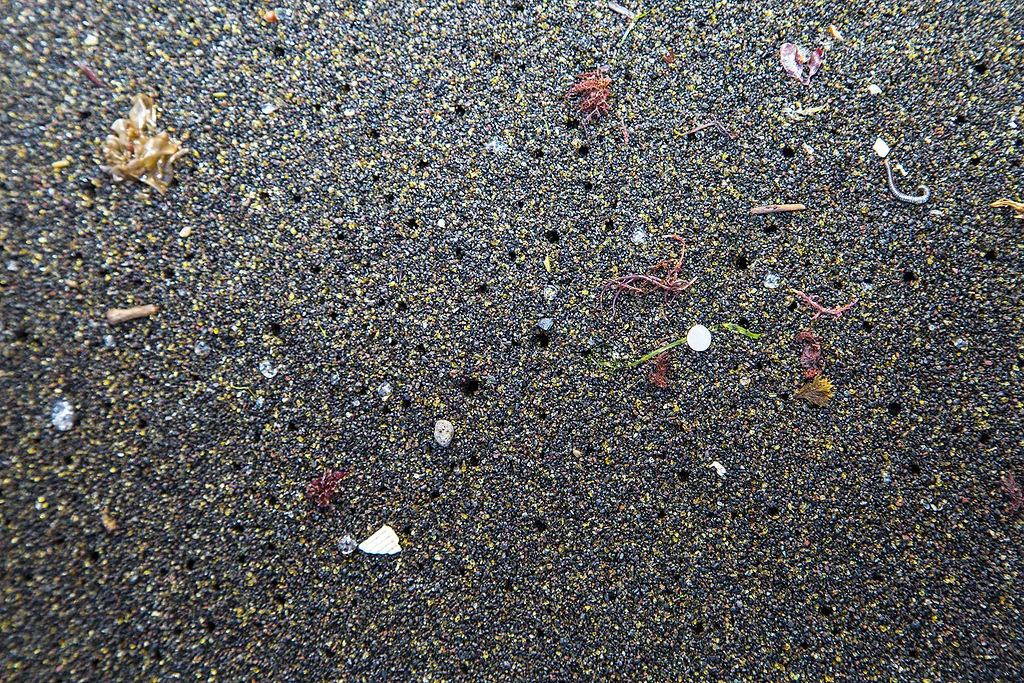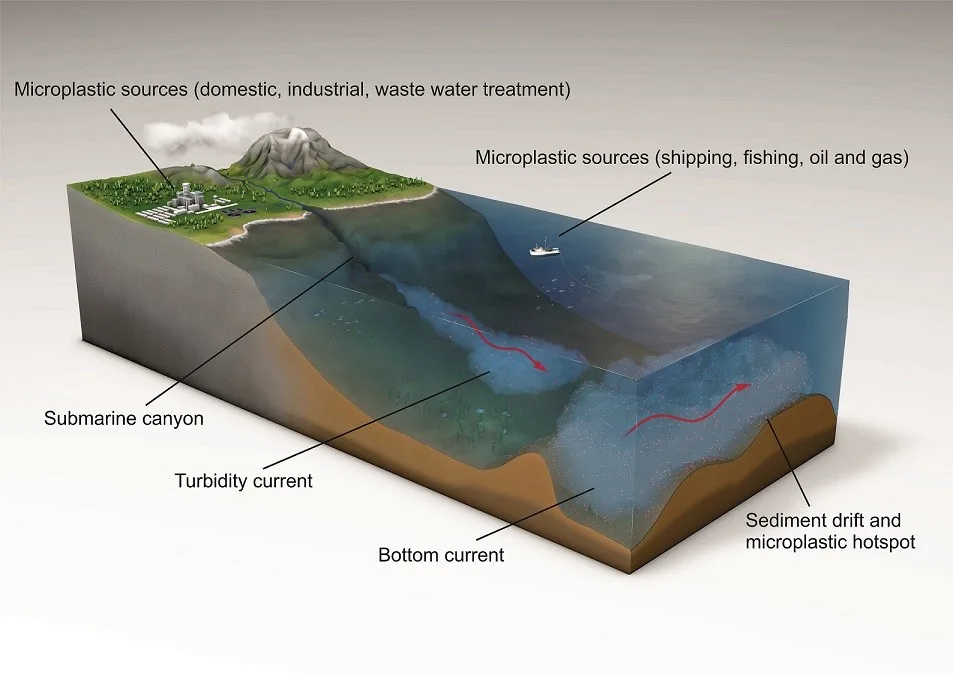
Highest-ever level of microplastics found on seafloor
New research suggests microplastics are carried to the oceanfloor by undersea currents and collect in 'hotspots'
Though some 10 million tonnes of plastic waste is washed into the oceans each year, headline-grabbing surface patches of them -- the most visible examples -- only amount to 1 per cent of the total.
The vast majority ends up beneath the waves, and new research has found that undersea currents collect the descending microplastics, and channel them to the deep seafloor, where they accumulate in microplastic hotspots.
The research was published last month in the journal Science, based on sampled sediments gathered from the Tyrrhenian Sea off the west coast of Italy -- with 1.9 million pieces measured over a single square metre of seafloor, the highest ever measured.
“We were shocked at the high concentrations of microplastics we found in the deep-seafloor," lead author Dr. Ian Kane of the University of Manchester, said in a release from the university.

Graphic showing how microplastics are swept out to the seafloor. Credit: University of Manchester.
That's worse news for sea life than if the microplastics were more widely distributed: those same undersea currents carry oxygen and nutrients, making them attractive for sea organisms, who will be more likely to encounter and ingest the microplastics.
“It’s unfortunate, but plastic has become a new type of sediment particle, which is distributed across the seafloor together with sand, mud and nutrients," Dr. Florian Pohl, a Durham University professor who was one of the researchers, said.
The flipside of the findings is that they'll make it easier to predict where microplastics will fetch up and impact ocean life, the researchers say, highlighting the need for new policies to curb them.











